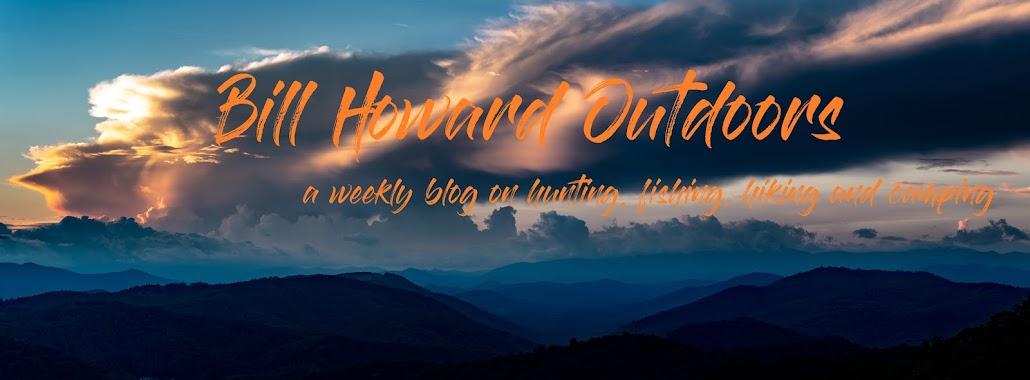Remember when the baseball world went into a frenzy with the
realization that numbers of the sport’s stars were cheating by enhancing their
abilities with hormones, steroids and drugs? It brought along distaste for the
sport and mistrust. The sport didn’t seem real any longer.
Cheating often finds its way into anything involving money,
power, or recognition. However, it is rarely the majority. It only takes one or
two to bring the air of unfairness and tarnish the sport.
Bass fishing and bass fishing tournaments have been around
for a while now. The BASS series involved big money, top sponsors and
tremendous personalities. Tournaments such as these brought us household names
such as Bill Dance, Jimmy Houston, and Hank Parker.
Late last year, a fishing tournament in Texas offered a
fully rigged boat, a truck and $7000 to the winner as well as hourly prizes.
The lake where the tournament was being held had a slot limit on bass meaning
any bass caught between two sizes had to be immediately returned to the water.
Because of this, prizes were also being given to anglers who caught the largest
fish below the slot limit.
When one angler turned in his under the slot fish, it was
proven to be a winner. Except upon inspection by the TPWD game wardens easily
noted there was something amiss with the catch. The angler had trimmed the tail
of the bass to make it fall below the slot rather than having to be returned
the water.
Because the grand prize was more than $10000, the angler was
charged with a felony.
Kayak fishing has taken a large subculture into kayak
fishing tournaments. The growth has been phenomenal over the past few years and
includes collegiate teams, state and regional tournaments, and even national
and world wide tournaments.
Kayak fishing has one caveat though. The tournaments are
usually run on a catch/photo/release (CPR) platform and winners are determined
by total lengths of the fish rather than weight. Kayak angling has become a big
money industry with major companies going all in with involvement such as
Hobie, Old Town and Jackson Kayaks amongst many others.
Rules are set in place to try and prevent cheating.
Identifiers are usually handed out just before the tournament so an angler
cannot turn a photo from a previous day. There are areas bordered to prevent
people from catching a fish a prior day and safe-guarding it in a fish trap for
the day of the tournament. Gear is checked to make sure the angler is not
skirting the rules with chumming, using live bait, or other means in which to
entice fish to hook on.
Recently another means of cheating was introduced to the
sport and it has shaken what has been known as a pure activity.
For CPR tournaments, the measuring device is a plastic board
marked in inches with a bump board at one end. The fish’s closed mouth is
pressed against the bump board and depending on the tournament the fish’s tail
is either compressed or flared to get the overall length measurement at the
other end. Deductions occur for open mouth or the tail angling on the board.
The winner of a high profile regional tournament that would
also gain automatic entry into the national championship series had a really
good few days of fishing. He caught the numbers of fish and they were of good
lengths.
That is until questions started to arise.
Other participants as well as the tournament directors
looked back at the photos with greater scrutiny. The measuring boards begin
measurements at the eight inch mark. The boards in the photos just didn’t seem
to measure correctly though.
The angler had cut four inches off one of his boards and
reattached the bump board, resulting in a board that would measure a fish four
inches longer than it actually was. When questioned, the angler admitted to his
deceit. They also found out the angler had additional boards, one of which was
cut two inches short. This board was also used so that he could place the fish
on one board, take the photo and then do the same with the other board
essentially turning the fish in as two separate catches with two separate
measurements.
The ramifications go beyond the angler being disqualified
for life from fishing the tournament series and potential charges being brought
forward. Because kayak angling tournaments can still be considered in the early
stages of the sport’s fondness, many who enjoy the sport are now hesitant to
fish in tournaments due to potential cheating.
It will remain to be seen how the tournament directors and
their involvement with other tournaments in making quick and correct decisions
will help ease the concerns of new kayak anglers and their potential
involvement in tournaments.
